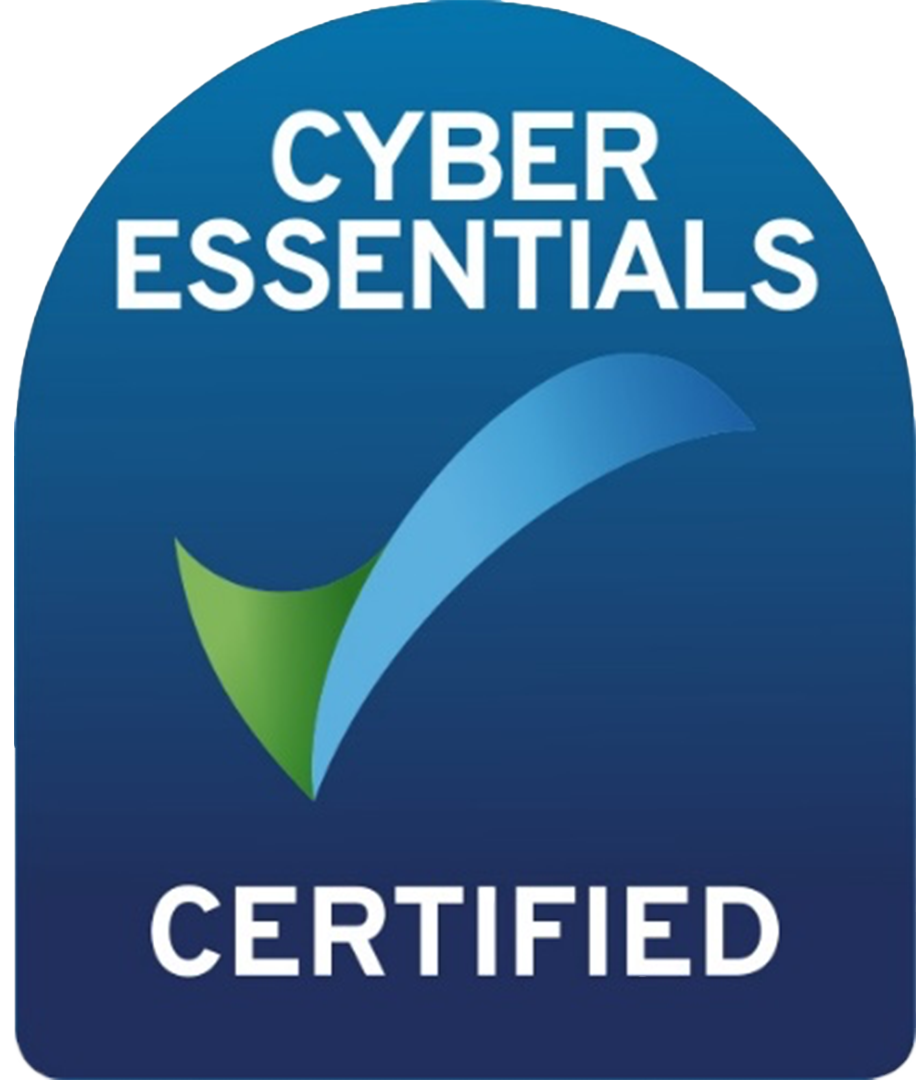A Video CV Needs to Be Your State of Play
Default Author • September 2, 2020
Dear Job Seekers, to trump your competition, a video CV needs to be your state of play.
For those shrinking violets that are scurrying away, please hear me out as you’re talking to someone that isn’t the most thrilled with the concept of getting in front of the camera either.
Exhibit A: if you want a giggle at my expense, head back to one of my earlier videos on the p2p website; I don’t think I blinked once in the entire sixty seconds.
Since starting at people2people Melbourne, I was encouraged to video my job updates, market insights and general highlights on a weekly basis, not to my absolute delight I must admit.
After giving myself a 5 min pep talk and reapplying some concealer and lippy, I’d pluck up some courage and take myself into one of the meeting rooms. Ten shots later, I’d have a 60 second video that I deemed presentable to the public and then, enter the anxiety hitting process of editing and clicking ‘publish’.
Three years on, I am yet to call myself a thespian but truly, I can’t deny the success that I have had with candidate and client experiences that have occurred due to my video content.
Without physically meeting me, people have been able to connect with my enthusiasm and passion over the wonders of video technology and most importantly, gain a fast and succinct snapshot of the message I’m conveying.
This has undoubtedly led to several success stories; whether it be a client seeing a video of a candidate I have registered on LinkedIn and wanting to interview or a candidate watching a job video on social media and later being offered the position.
These successes have led me to think more on the opportunity it poses to you as a job applicant to use video to elevate your job application. Relishing the opportunity to make a faultless first impression, video allows you to erase and edit any potential facepalm moments. It will inevitably enhance your success in standing out in a growingly competitive market.
Now that I *hopefully* have you on board, let me, a camera shy millennial, explain what a video CV is and how you can prepare and execute to what I hope will be potential perfection.
A video CV is not a replacement of your written resume and cover letter, but an extension of it. It is a video file that is attached separately and is approximately 2-3 minutes.
Some of you may have already experienced being invited following your application for a job or graduate program to submit a video answering a series of questions. A video CV is somewhat similar, however the key difference is that it allows you to talk through your
education, work history and hobbies, whilst tailoring it to the position you are applying for throughout.
In preparation of your video CV, think about the set up. Do you have a selfie stick to film it yourself or would you rather have a friend film it?
What is going to be in the background and is it appropriate? I personally don’t think it is professional to have a bed, kitchen or a sofa in the background and controversially, white backgrounds aren’t my preference either, as I like to add some character if possible. Ensure that no one is going to disturb you, including any friendly, furry friends.
In terms of your script, you want to tailor it to the job in hand, add character and ultimately, engage your audience. It may help to have a script that includes bullet points, so you’re not reading it word by word and in doing that looking robotic. You want to use
a script, but don’t rely on it; improvise as you go and make it conversational by imagining that you’re speaking to someone and not your phone.
Think about the edge that is required to set you apart from your competition and in particular, you need to be showcasing the strengths you can’t articulate on a resume. These are qualities such as poise, warmth, strong communication skills, a sense of humour, passion and charisma.
Here’s a brief structure that you can use as a guideline:
- Introduce yourself - Hello, I’m *insert name* and welcome to my video CV. I’d like to take this opportunity to tell you about myself and my interest in joining the *insert company’s name* team.
- Outline your most recent and relevant education history.
- Discuss your current or most recent position and your main responsibilities. Most importantly, include key achievements and success stories. What have you learnt in this position?
- Include some engaging anecdotes that would be relevant.
- What are some personal attributes that you pride yourself on?
- Finish with a bang - explain your motivation in applying for the role and why you’d be an asset with tangible evidence.
- Leave your audience with easy instructions on how to contact you.
Once you have filmed your video, review it and edit accordingly. Voila, the final step is to click send and wait *impatiently* for a response and feedback.
You may be thinking that video CVs are limited to the technology and creative arts industry and therefore don’t apply to you. Admittedly, they are yet to make a forceful appearance in professional services, however this is evolving and I predict that a video CV will become a must-have tool in any job seekers toolbox.
Rest assured, you don’t need to be an extrovert to step into the spotlight of video CVs. You do however require some bravery in ripping the band aid off, in order to relish the rewards that come with taking the centre stage.
As a Senior Recruitment Consultant, I’m not a Video Editor by trade and am certainly not claiming to be an expert, but I am happy to answer any questions/ queries you may have on Video CVs and how to use them in the recruitment process to your benefit.
In particular, I’d love to hear of any success stories in using video CVs, so please call/email me to share them with me - I’d love to hear from you. I’m contactable on 03 9098 7433 and aimee.burton@people2people.com.au
Find the job you love I Find the right talent
Get in touch with people2people
Australia
I United Kingdom
In business since 2002 in Australia, NZ, and the United Kingdom, people2people is an award-winning recruitment agency with people at our heart. With over 12 offices, we specialise in accounting and finance, business support, education, executive, government, HR, legal, marketing and digital, property, sales, supply chain, and technology sectors. As the proud recipients of the 2024 Outstanding Large Agency and Excellence in Candidate Care Awards, we are dedicated to helping businesses achieve success through a people-first approach.
Recent articles









